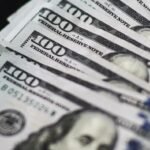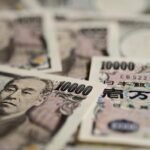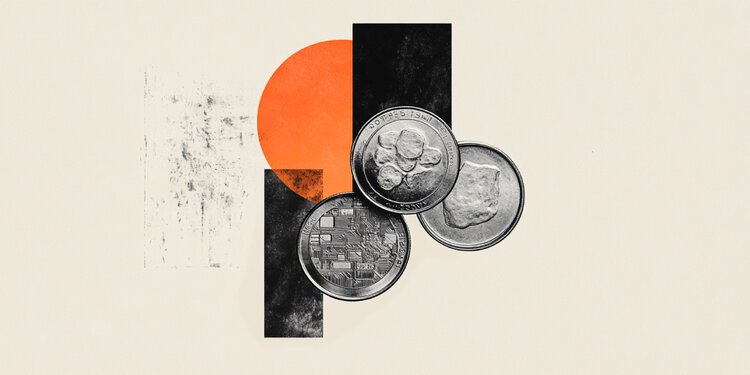- DXY Index is noting losses at the start of the week, declining toward 105.70.
- Resilient US economy, hawkish Fed are likely to keep pressure on yields, which may limit losses.
- Markets foresee a hold on interest rates for Wednesday’s Fed meeting.
The US Dollar Index (DXY) is declining on Monday and fell to 105.70. The Bank of Japan (BoJ)’s recent intervention led to a slight drop in the USD value. However, the Greenback’s rally is expected to continue, thanks to monetary policy divergence favoring the US Dollar and the anticipation of a hawkish hold from the forthcoming Federal Reserve (Fed) meeting.
The US economy remains resilient, and sticky inflation may keep the USD’s rally alive. The Fed is maintaining a hawkish stance, resisting market pressure for easing, and a June rate cut seems unlikely. Wednesday’s messaging will be key.
Daily digest market movers: DXY starts week with left foot, eyes on Fed’s decision
Fed is anticipated to adopt a hawkish approach, underscoring hefty growth, sustained inflation in US economy.
Unchanging interest rates together with robust US data may maintain upward trajectory of US Treasury bond yields.
Market expectations for subsequent Fed meetings are seen as a 10% likelihood of a rate cut in June, 35% in July, and less than 80% in September.
US Treasury bond yields are down, signifying a disfavorable environment for the US Dollar. Specifically, the 2-year yield stands at 4.97%, the 5-year yield at 4.65%, and the 10-year yield at 4.63%.
DXY technical analysis: DXY bulls struggle under pressure, yet retain control
The indicators on the daily chart reflect a mixed outlook for the DXY. The Relative Strength Index (RSI), despite having a negative slope, maintains a stance in positive territory, indicating resilience among buyers. However, this bullish momentum appears somewhat challenged as evidenced by the freshly formed red bar in the Moving Average Convergence Divergence (MACD), a bearing that typically presages a potential shift toward bearish territory.
Also, the DXY stays comfortably above the 20, 100 and 200-day Simple Moving Averages (SMAs), an indication that buyers still have the upper hand in the intermediate and longer terms. Despite the potential for short-term selling pressure, the narrative of the bulls continues to be supported by this SMA structure.
Fed FAQs
Monetary policy in the US is shaped by the Federal Reserve (Fed). The Fed has two mandates: to achieve price stability and foster full employment. Its primary tool to achieve these goals is by adjusting interest rates. When prices are rising too quickly and inflation is above the Fed’s 2% target, it raises interest rates, increasing borrowing costs throughout the economy. This results in a stronger US Dollar (USD) as it makes the US a more attractive place for international investors to park their money. When inflation falls below 2% or the Unemployment Rate is too high, the Fed may lower interest rates to encourage borrowing, which weighs on the Greenback.
The Federal Reserve (Fed) holds eight policy meetings a year, where the Federal Open Market Committee (FOMC) assesses economic conditions and makes monetary policy decisions. The FOMC is attended by twelve Fed officials – the seven members of the Board of Governors, the president of the Federal Reserve Bank of New York, and four of the remaining eleven regional Reserve Bank presidents, who serve one-year terms on a rotating basis.
In extreme situations, the Federal Reserve may resort to a policy named Quantitative Easing (QE). QE is the process by which the Fed substantially increases the flow of credit in a stuck financial system. It is a non-standard policy measure used during crises or when inflation is extremely low. It was the Fed’s weapon of choice during the Great Financial Crisis in 2008. It involves the Fed printing more Dollars and using them to buy high grade bonds from financial institutions. QE usually weakens the US Dollar.
Quantitative tightening (QT) is the reverse process of QE, whereby the Federal Reserve stops buying bonds from financial institutions and does not reinvest the principal from the bonds it holds maturing, to purchase new bonds. It is usually positive for the value of the US Dollar.

























